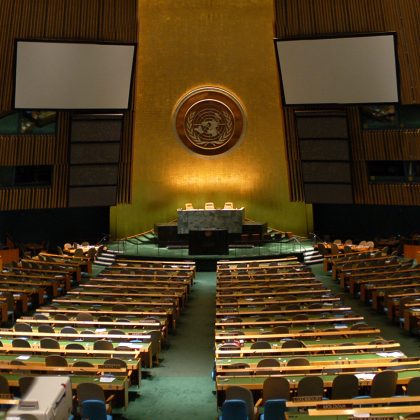Tracking women’s political networks through their letters in 17th century Ireland
This accompanies Naomi McAreavey’s Irish Historical Studies article Female alliances in Cromwellian Ireland: the social and political network of Elizabeth Butler, marchioness of Ormonde
The marquess and marchioness of Ormonde were the ultimate power couple of seventeenth-century Ireland. But while James Butler (1610–88) has long been central to Irish historiography, his wife Elizabeth Butler, née Preston (1615–84) has been little more than a footnote in history. Yet her surviving letters – to be published shortly in my edition of her correspondence – reveal her importance in the social, cultural, and political life of seventeenth-century Ireland.
My article for Irish Historical Studies focuses on the period in which Elizabeth Ormonde came to prominence in her own right. During the Interregnum (1649–60) her husband left Ireland for the royal court in exile while she returned to successfully petition Cromwell for a portion of her inherited estate. Letters from the decade of the couple’s separation provide valuable insight on her activities as an influential Irish royalist during the Cromwellian period. They reveal her as an astute political actor who built and maintained a social and political network that supported and sustained her through this prolonged period of crisis.
Ormonde’s letters provide evidence of the importance of her female network and alliances during this uncertain time. Her female friends acted as intelligencers, as intermediaries, and as providers of mutual aid. Relationships were cemented by the exchange of information, money, gifts, and favours. Friendships were mobilised to optimise Ormonde’s political position under the Cromwellian administration and ensure her and her family’s adaptability and survival through the interregnum.
My article brings to light the women who are mentioned in Ormonde’s correspondence as providing valuable support during these difficult years. ‘JH’ was an unnamed kinswoman who acted as Ormonde’s intelligencer and spy in Cromwell’s court in London. Katherine, Lady Ranelagh was an acquaintance who wielded significant influence with the Dublin administration and acted as Ormonde’s intermediary. A super group of British noblewomen offered mutual support. And a friend, confidante, and long-serving waiting gentlewoman served as trusted agent and messenger. These women, as I show, were key to Ormonde’s political activities through the interregnum. Yet within a surviving correspondence that is almost entirely directed at men – only 5 of the 303 letters are addressed to women – these women are more often found in the postscripts and endorsements of the letters. Blink and you’d miss them!
By shining a light on the women in Ormonde’s network, my article argues that 1) women were central to royalist political activity during the Interregnum in Ireland and 2) female alliances were key to Irish women’s political agency. It also demonstrates the rich potential of women’s letters as a source of early modern Irish history. Ormonde’s letters reveal her as a key player in Cromwellian Ireland. But they also reveal the critical importance of the women in her network. Attending to the women who appear in the margins of the letters rescues them from obscurity. It also recognises the important contributions of women. Most importantly, it builds a richer and more nuanced picture of early modern Ireland.






